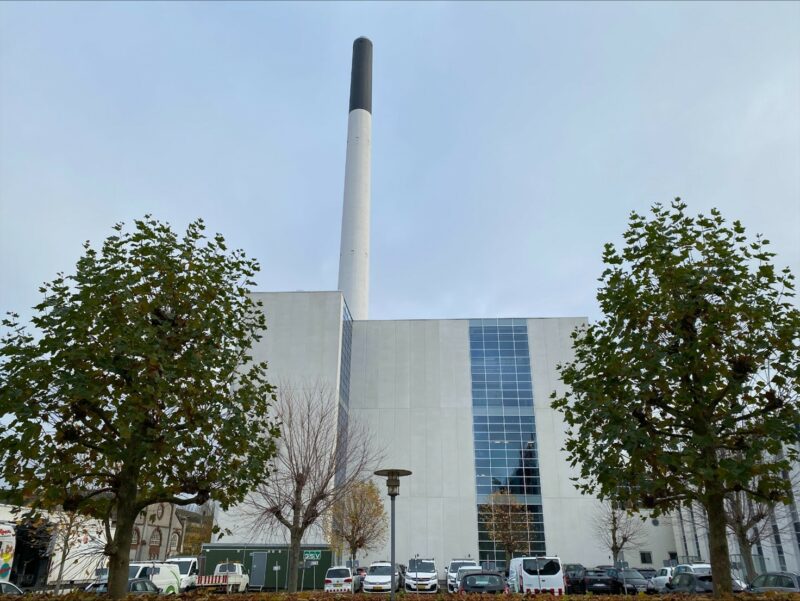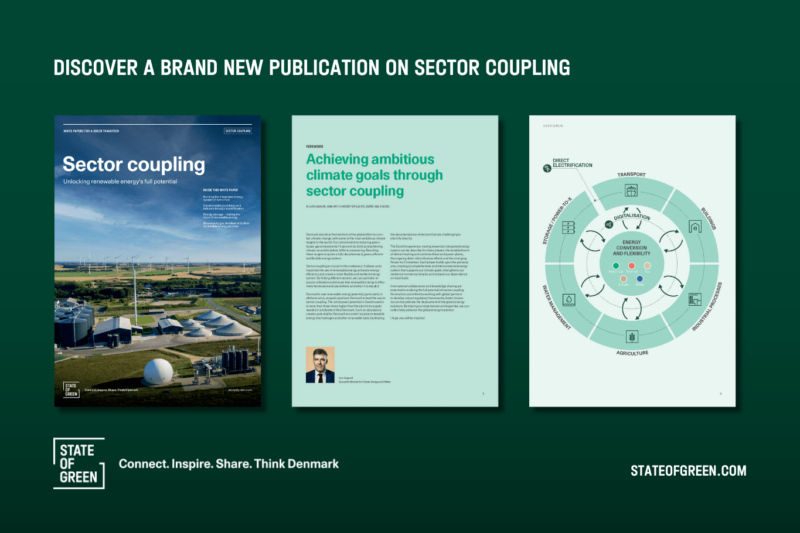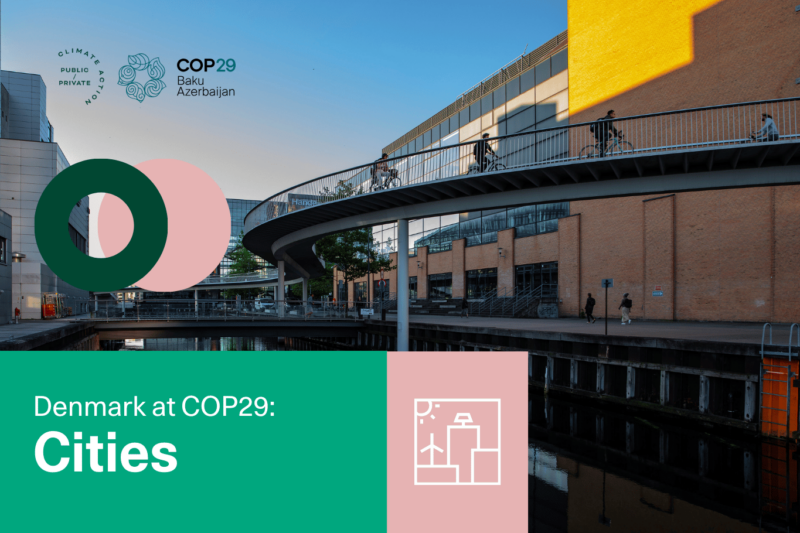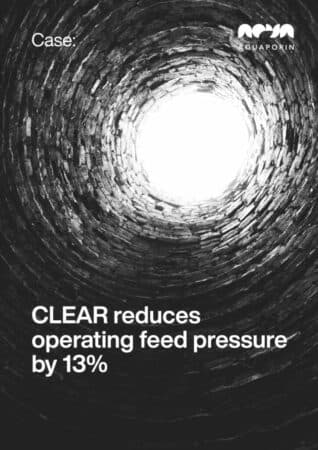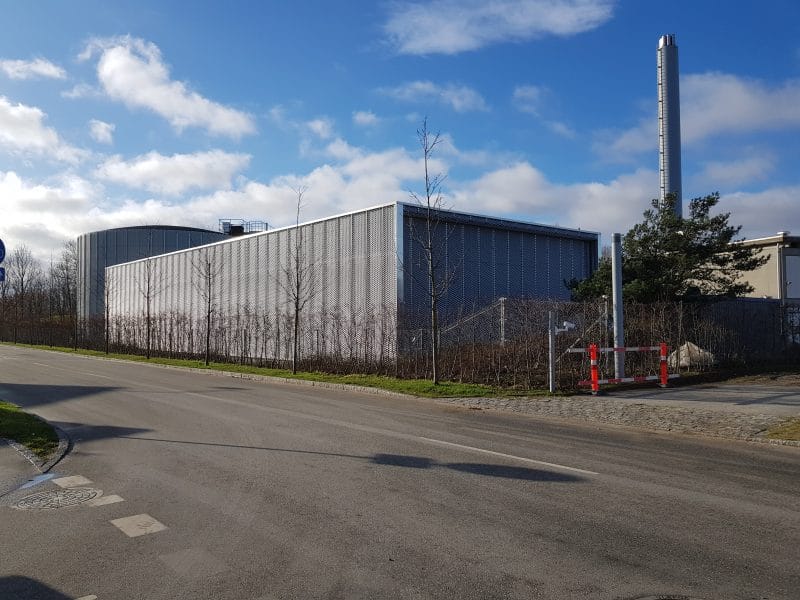Perspective
Groundwater management
Water management
Water supply
Regulation, pricing and benchmarking
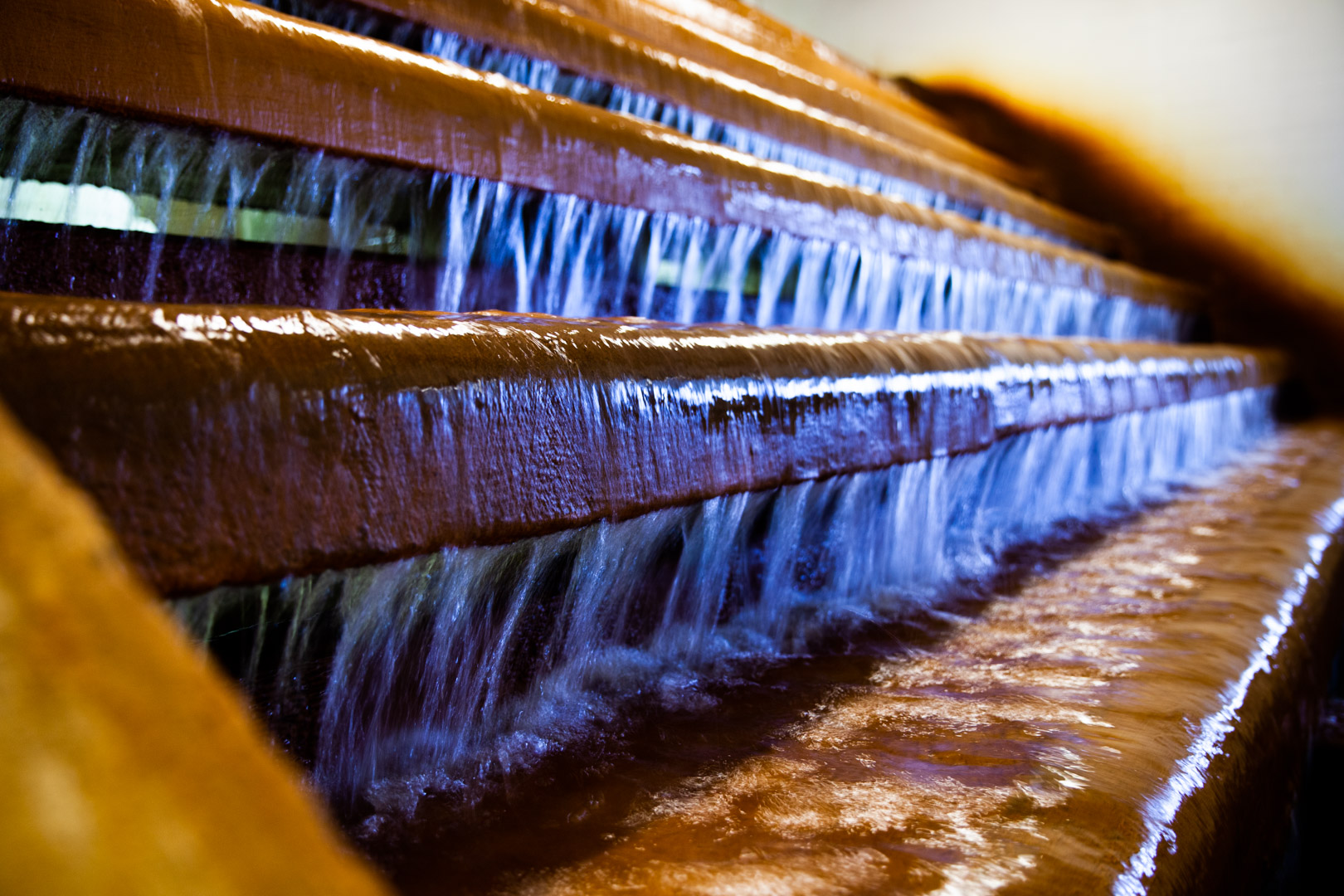

In some countries, regulation of the water sector can be fragmented and short-sighted. In Denmark, two ministries are primarily responsible for regulating the water sector: The Ministry of Environment is responsible for the environmental regulation and The Ministry of Climate, Energy and Utilities is responsible for the economic regulation. Traditionally, the Danish drinking water sector has been
highly decentralised with a large number of small consumer-owned waterworks covering approximately a third of the consumption and the rest supplied through the municipalities. Since a reform of the water sector in 2007, all water and wastewater utilities have been economically independent entities, however still fully owned by the municipalities. 60 per cent of the total supply is delivered through utilities owned by 98 local municipalities either as single communal company or a joint company with ownership shared between several municipalities and thus under public control. 2,500 small consumer-owned waterworks, which are also economically independent, deliver the remaining 40 per cent. The municipalities serve as water authorities responsible for local water plans and compliance with legislation, issuing permits to utilities. The municipality also appoints the board to the publicly owned companies. Within this framework, utilities are not for-profit and operate under a break-even
principle based on full cost recovery and within a price cap, that is set by the national regulator. All costs for running the utility must be covered by water and wastewater consumer charges. Utilities are not subsidised and similarly, the utility’s funds cannot be used for purposes other than daily operations, investments, innovation, and contributions to the overall development of the utilities and the water sector.
Water consumption is closely related to the price
The average water price in Denmark is approx. EUR 9 per m3. Two-thirds of this covers handling and treatment of wastewater and one-third covers the drinking water supply. This price covers the drinking water companies’ costs for groundwater protection, pumping and delivery of drinking water and quality control. Benchmarking measures performed, by DANVA, based on major water utilities in Denmark show that domestic consumption is as low as 101 litres per person per day. This has decreased by 40 percent since 1980 due to a combination of rising prices and general environmental awareness campaigns. Although the Danish water price might seem high, the average household spent only 1.4 per cent of their household budget on water and wastewater in 2018, well below a UN recommendation on affordable water, which sets a limit of 3 percent. While water prices may have increased, household expenditure on water and wastewater has been stable in recent years in line with lower consumption levels.
Water statistics from 1918 to modern benchmarking
To secure and supply the population with safe and sufficient drinking water, comprehensive knowledge is an advantage. In Denmark, water statistics have been collected since 1918 and includes data such as:
- Number of houses with running water
- Abstracted groundwater
- Average daily consumption – litres/person
- Number of toilets
By 2020, this had evolved into an advanced benchmark system, where information about drinking water and wastewater from 162 water and wastewater utilities is collected and published by the Danish Water and Wastewater Association (DANVA) in their annual publication, ‘Water in Figures’. This benchmarking is a voluntary tool for the water sector to share knowledge on their performance and identify areas for possible efficiency gains. The data covers many areas, such as number of plants, length of distribution pipes and company operating costs. The participating utilities deliver drinking water to 60 per cent and handle wastewater from 80 per cent of the Danish population. In many cases, innovation in new water and wastewater treatment optimisation and cost-efficient solutions, for both the construction and operation of infrastructure, is largely driven by the fact that Danish water utilities are also subject to mandatory benchmarking. The benchmarking is based on operational parameters and cost efficiency across the water sector. Here, the voluntary benchmarking provided by DANVA can aid the water utilities with knowledge sharing in between, helping to ensure they meet the operational and cost-efficiency demands required of them by legislation. Innovation projects are often based on collaboration across governmental bodies, water utilities, consulting companies,
technology suppliers, universities, and research institutions.
Photo credit: Rambøll
You should consider reading
solutions
Climate change adaptation
+4
WATER CONSERVATION IN AFRICA
4 November 2024Perspective
Sector coupling
+9
